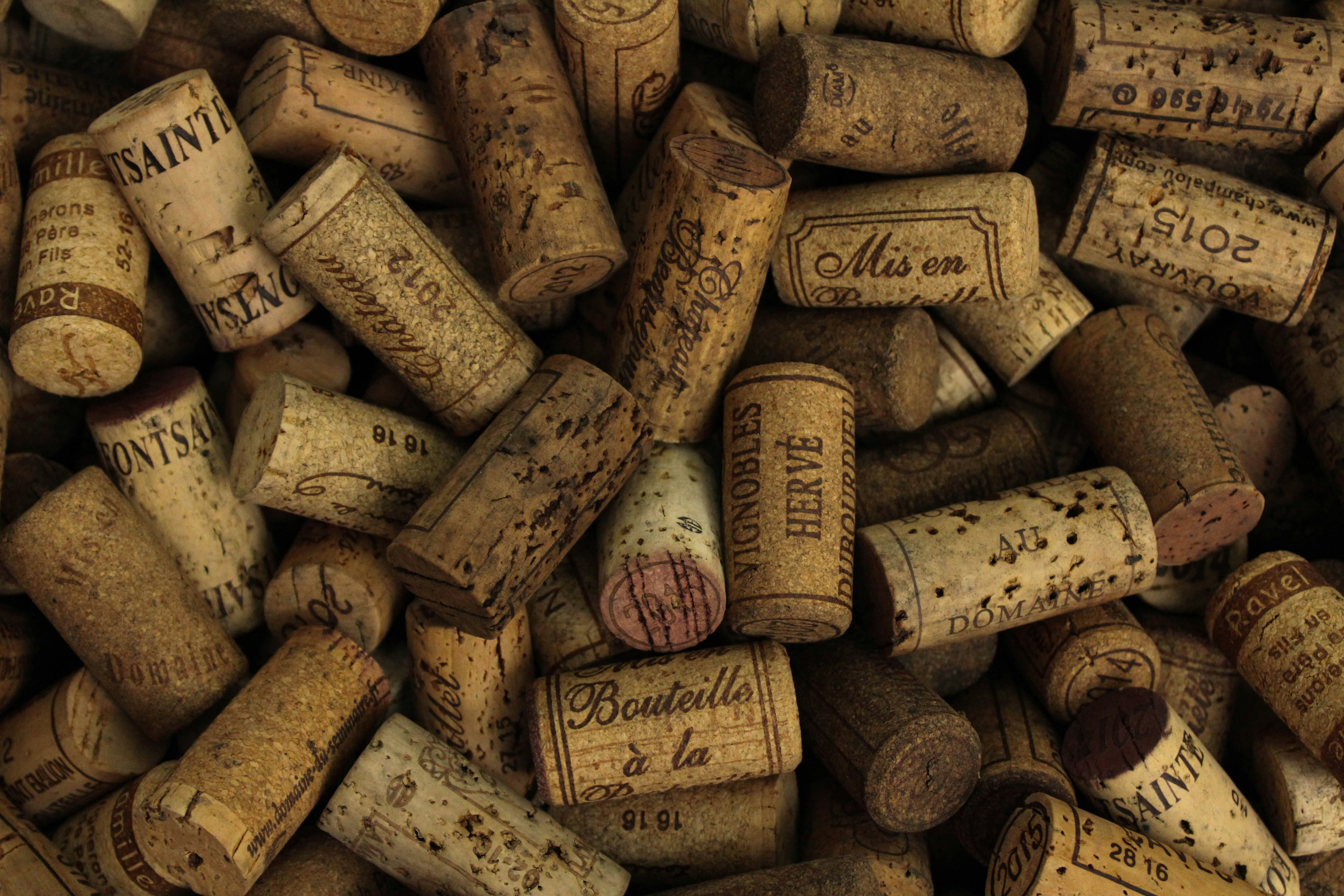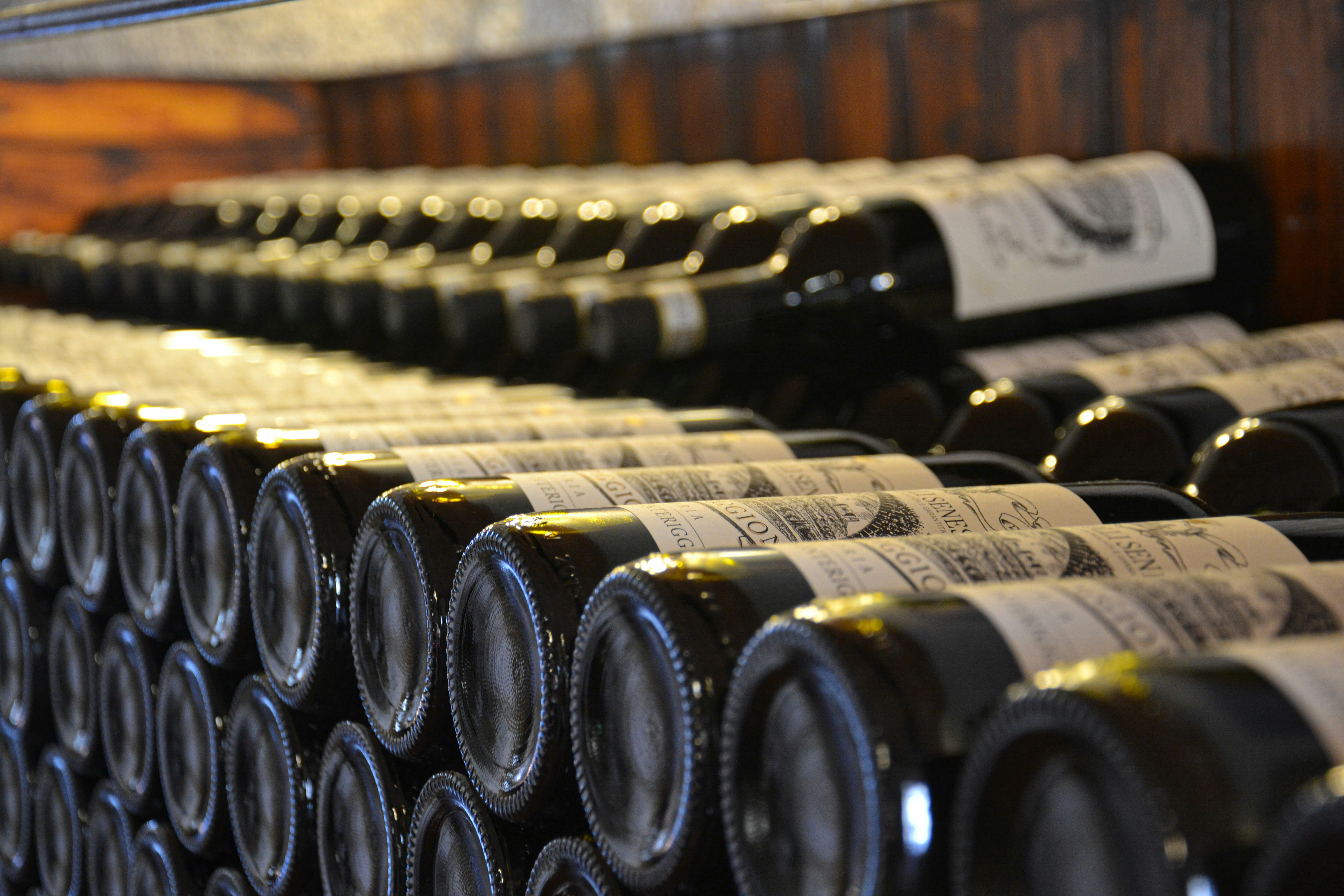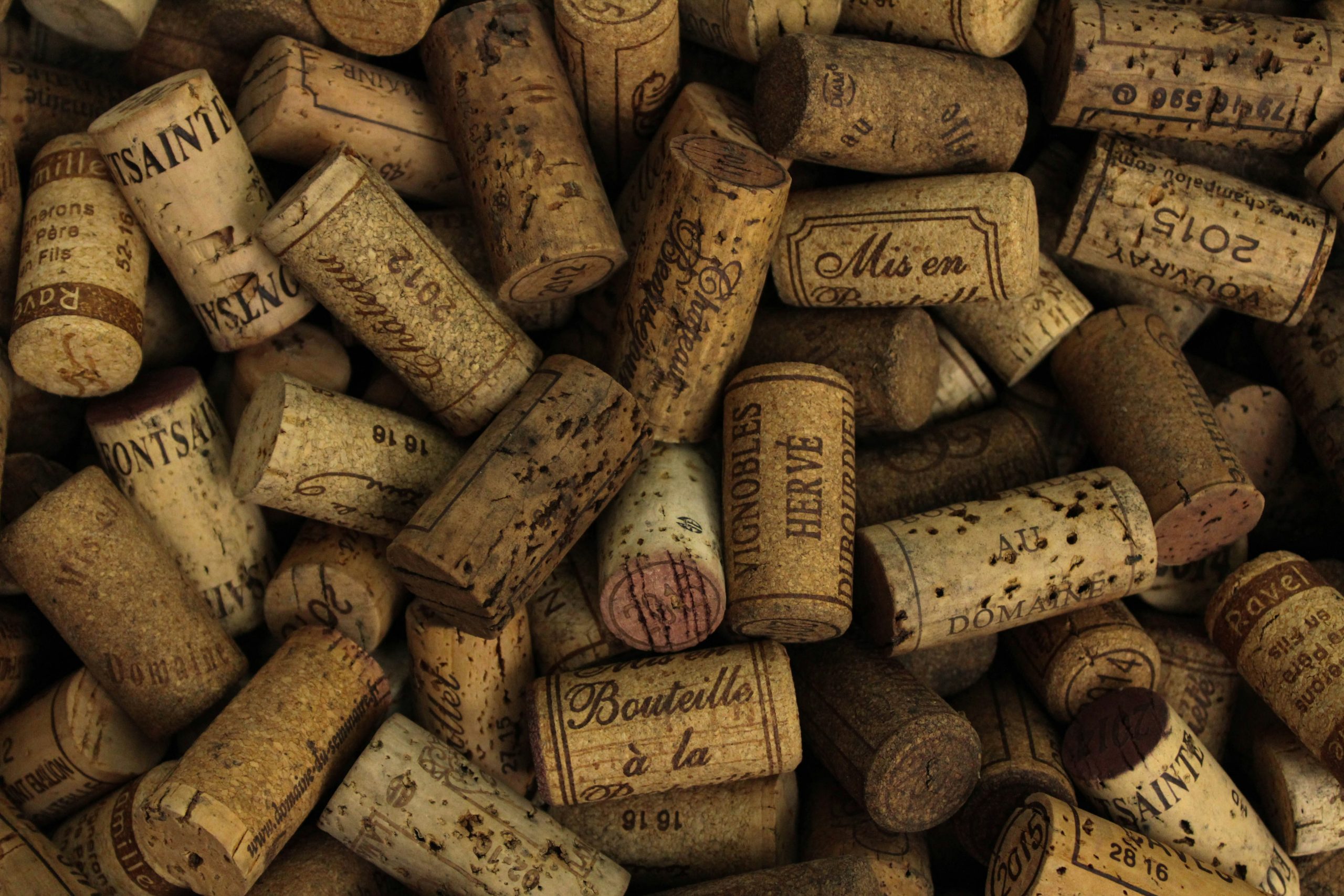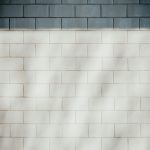Wine lovers understand the thrill of discovering a hidden gem in a bottle. Whether it’s a robust red or a crisp white, each sip tells a story. But there’s more to enjoying wine than just pouring it into your glass. Proper storage is key to preserving those delightful nuances and aromas that make wine so special.
Imagine having your own personal wine cabinet, designed not only for aesthetics but also for functionality. A well-maintained cabinet can be the perfect home for your collection, ensuring that every bottle ages gracefully. As you embark on this journey of proper wine storage, let’s explore how to choose the right cabinet and maximize its potential for keeping your cherished wines in prime condition. Your palate will thank you!
The Importance of Proper Wine Storage
Proper wine storage is essential for preserving the quality and character of your bottles. Wine is sensitive to its environment, and inconsistent conditions can lead to unwanted flavors or even spoilage.
Temperature plays a crucial role in this process. Ideal temperatures typically hover between 45°F and 65°F. Fluctuations outside this range can cause the cork to expand or contract, allowing oxygen to seep in and ruin that carefully curated taste.
Humidity also matters. A humid environment helps keep corks moist, preventing them from drying out and letting air enter the bottle. Ideally, humidity levels should be around 70%.
Light exposure can negatively impact wine as well. UV rays break down compounds within the wine, altering its flavor profile over time. A dedicated cabinet shields your collection from harmful light while offering an elegant display for all to see.
Investing time into proper storage techniques allows you to enjoy each bottle at its best when the moment calls for it!
Factors to Consider Before Purchasing a Wine Cabinet

Before you invest in a wine cabinet, think about the size. Measure your available space to ensure a perfect fit. A compact unit may work well for small collections, while larger cabinets suit extensive assortments.
Temperature control is crucial too. Look for models with dual-zone temperature settings if you plan to store both red and white wines. Each type requires different conditions.
Consider humidity levels as well. Too much dryness can damage corks, letting air seep in and spoil your wine. A good cabinet maintains optimal humidity levels to protect your investment.
Don’t overlook design and aesthetics either. Your wine cabinet should complement your home decor while providing functionality.
Check reviews and warranties before making a purchase decision. This will give insights into performance and reliability from other users’ experiences.
Types of Wine Cabinets and Their Features
When exploring wine cabinets, you’ll find various types designed for different needs. One popular option is the freestanding wine cabinet. It offers versatility and can be placed anywhere in your home.
Built-in units are another choice, perfect for those looking to integrate their storage seamlessly into kitchen cabinetry or dining areas. These offer a sleek look but require specific dimensions.
If you have limited space, consider under-counter models. They fit snugly beneath counters and provide easy access while maintaining an aesthetic appeal.
Temperature-controlled cabinets are essential for serious collectors. These feature adjustable temperature zones, ensuring optimal conditions for both red and white wines.
Some cabinets temperature-controlled wine cabinet come with dual-zone capabilities. This allows users to store different varietals at ideal temperatures simultaneously—a fantastic feature if you enjoy various wines! Each type has unique benefits tailored to suit your lifestyle and preferences.
Step-by-Step Guide on How to Store Wine in a Wine Cabinet
Storing wine in a cabinet is an art that enhances your collection. Start by placing the cabinet in a cool, dark area away from direct sunlight. Light can spoil the delicate flavors of your wine.
Next, ensure the temperature remains stable between 45°F and 65°F. Fluctuations can lead to unwanted aging or spoilage.
When arranging bottles, lay them on their sides if they have corks to keep lifestyle the cork moist. This prevents air from seeping in and spoiling the wine.
Maintain proper humidity levels between 50% and 70%. Too dry conditions can dry out corks, while excessive moisture may encourage mold growth.
Avoid storing wines near strong odors or vibrations; both can affect taste over time. Enjoy each bottle with peace of mind knowing it’s stored correctly!
Common Mistakes to Avoid When Storing Wine

One major mistake is storing wine upright. This can dry out the cork, leading to oxidation. Always keep your bottles lying down.
Temperature fluctuations are another issue. Wine prefers a stable environment between 45°F and 65°F. Too much heat or cold can ruin its flavor.
Light exposure shouldn’t be taken lightly either. Ultraviolet rays can degrade wine quality over time. Choose a cabinet that shields your collection from bright lights.
Don’t forget about humidity levels as well; aim for around 60-70%. Low humidity dries out corks, while high humidity may promote mold growth on labels.
Avoid overcrowding your wine cabinet. Proper air circulation is crucial for maintaining optimal storage conditions. A little space allows each bottle to breathe properly and helps preserve their unique characteristics.
Tips for Maintaining Your Wine Cabinet
Regular cleaning is essential. Dust can accumulate inside and out, affecting both the cabinet’s appearance and performance. Use a soft cloth for delicate surfaces.
Monitor temperature settings often. Ideally, keep your wine cabinet between 50-55°F (10-13°C). Fluctuations can damage your bottles over time.
Check humidity levels as well. Aim for around 60-70% to prevent corks from drying out or mold from forming.
Ensure proper airflow by not overcrowding the shelves. Give each bottle enough space so air can circulate freely.
Inspect seals on doors regularly too. A tight seal maintains temperature and humidity, keeping your wines safe.
Rotate your stock periodically. This practice helps ensure that older bottles are consumed first while also allowing you to enjoy various vintages without letting any languish unused for too long.
Conclusion
Properly storing wine not only enhances its flavor but also preserves its quality over time. Investing in a reliable wine cabinet can make all the difference in maintaining optimal conditions for your favorite bottles. By understanding the importance of storage, considering key factors before making a purchase, and familiarizing yourself with different types of cabinets and their features, you can ensure that your collection thrives.
Following the step-by-step guide will help you store your wines correctly while avoiding common pitfalls that could compromise their taste. Regular maintenance is essential to keep your wine cabinet functioning effectively. By embracing these practices, you’ll be well on your way to creating an ideal environment for aging and enjoying fine wines.
With thoughtful care and attention to detail, you can turn any space into a haven for wine enthusiasts—ensuring each bottle reaches its full potential when it’s finally uncorked. Cheers to many delightful tastings ahead!

